 Pea Island Life-Saving Station is located on Pea Island on the Outer Banks of North Carolina. It was the first life-saving station in the country to have an all-black crew, and it was the first in the nation to have a black man, Richard Etheridge, as commanding officer. On August 3, 2012, the second of the Coast Guard's 154-foot Sentinel-Class Cutters, USCGC Richard Etheridge (WPC-1102), was commissioned in his honor. Pea Island Life-Saving Station is located on Pea Island on the Outer Banks of North Carolina. It was the first life-saving station in the country to have an all-black crew, and it was the first in the nation to have a black man, Richard Etheridge, as commanding officer. On August 3, 2012, the second of the Coast Guard's 154-foot Sentinel-Class Cutters, USCGC Richard Etheridge (WPC-1102), was commissioned in his honor.
Richard Etheridge was the first African American to hold the rank of keeper of a life-saving station. This meant that, under the racial standards of the times, the entire crew under his command would have to be black. Although other black men had served as surfmen at Pea Island and other stations, Pea Island Station came to be manned entirely by a black keeper and crew. The other LSS stations, in North Carolina as well as throughout the nation, would be manned and run by whites.
Five months after Etheridge took charge, arsonists burnt the station to the ground. Etheridge served as the keeper at Pea Island for twenty years. In January 1900, Etheridge, at the age of 58, fell ill and died at the station.
Pea Island continued to be manned by an all-black crew through the Second World War. The station was decommissioned in 1947.
One of the last surviving surfmen to serve at the station, William Charles Bowser, died at age 91 on June 28, 2006.
Herbert Collins, who served in the 1940s and put the locks on the station when it was closed, died Sunday, March 14, 2010.
In 1996, the Coast Guard awarded the Gold Life-Saving Medal posthumously to the keeper and crew of the Pea Island station for the rescue of the people of the E.S. Newman. Etheridge and his family are buried at the Pea Island Life Saving Station memorial on the grounds of the North Carolina Aquarium on Roanoke Island. In 2010, the town of Manteo erected a bronze statue honoring Richard Etheridge.
Above quote From Wikipedia, the free encyclopedia and https://en.wikipedia.org/wiki/Pea_Island_Life-Saving_Station |
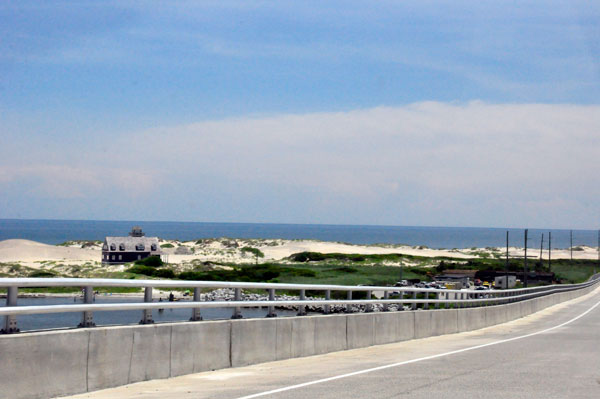
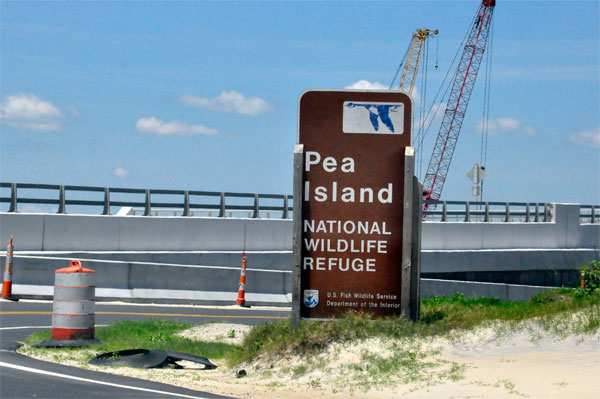
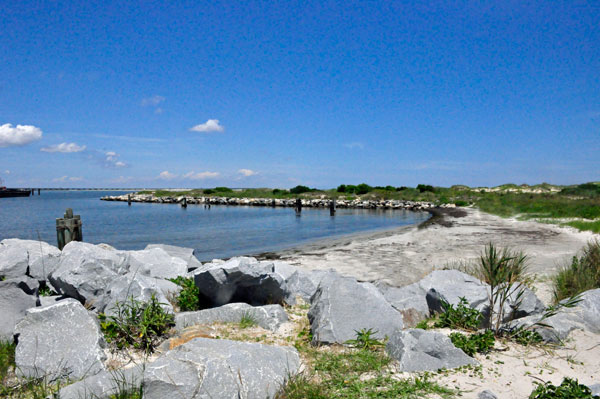
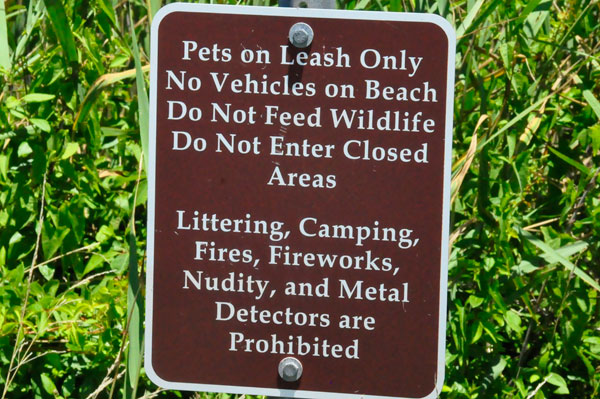
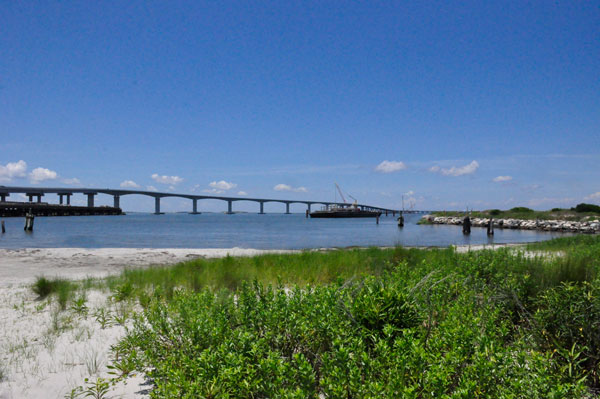
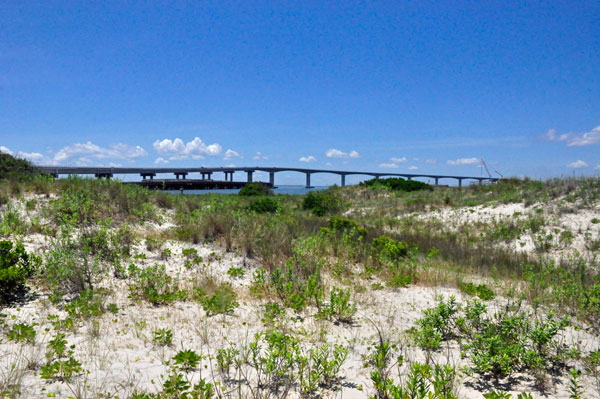
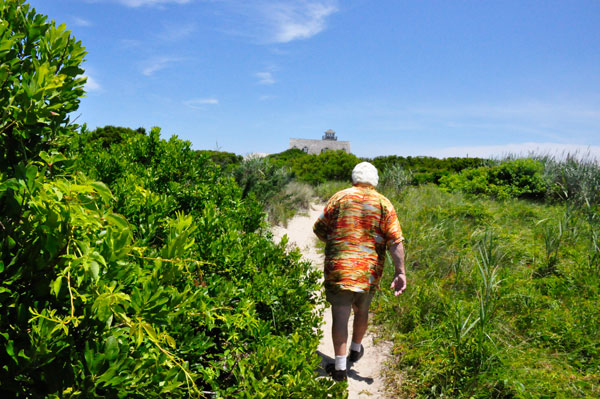
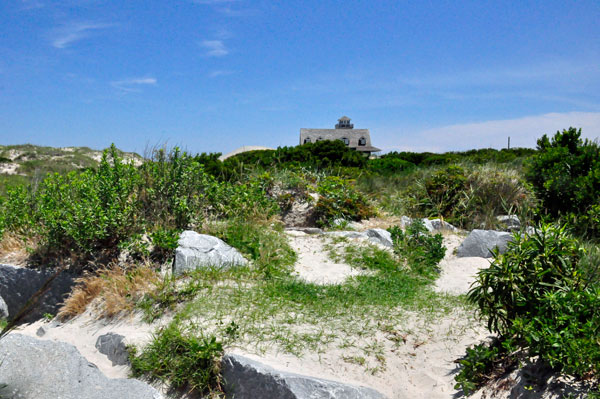
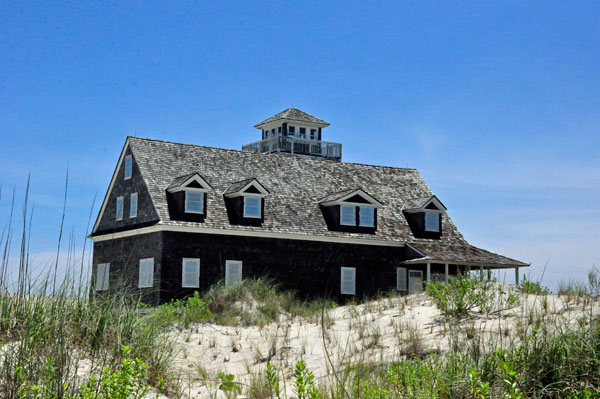

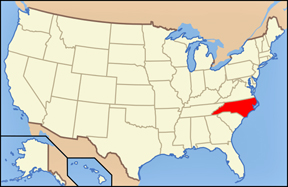
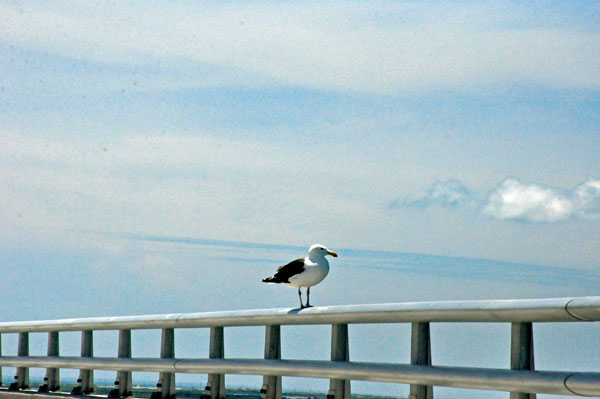
 Pea Island Life-Saving Station is located on Pea Island on the Outer Banks of North Carolina. It was the first life-saving station in the country to have an all-black crew, and it was the first in the nation to have a black man, Richard Etheridge, as commanding officer. On August 3, 2012, the second of the Coast Guard's 154-foot Sentinel-Class Cutters, USCGC Richard Etheridge (WPC-1102), was commissioned in his honor.
Pea Island Life-Saving Station is located on Pea Island on the Outer Banks of North Carolina. It was the first life-saving station in the country to have an all-black crew, and it was the first in the nation to have a black man, Richard Etheridge, as commanding officer. On August 3, 2012, the second of the Coast Guard's 154-foot Sentinel-Class Cutters, USCGC Richard Etheridge (WPC-1102), was commissioned in his honor. 
 Continue on in order to
Continue on in order to























